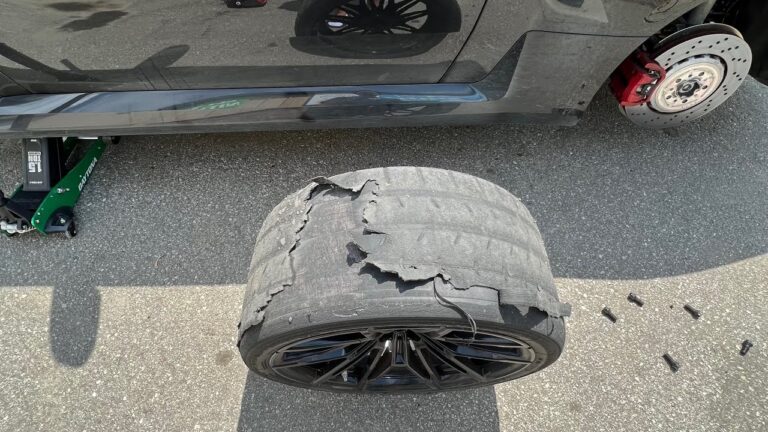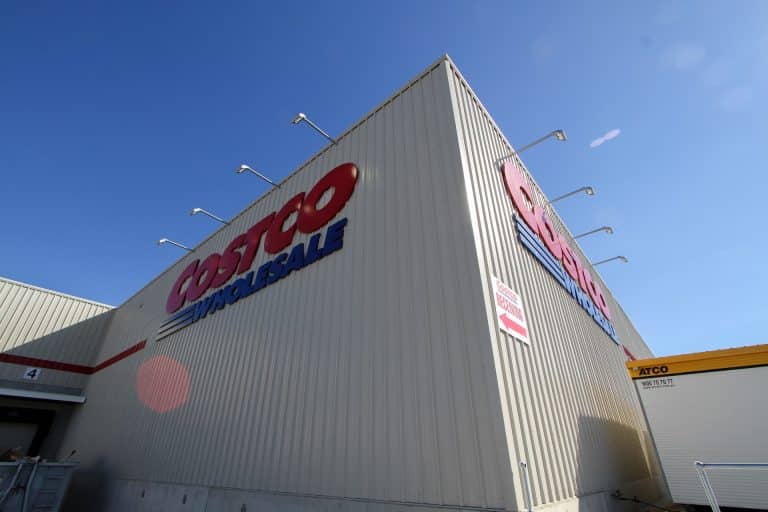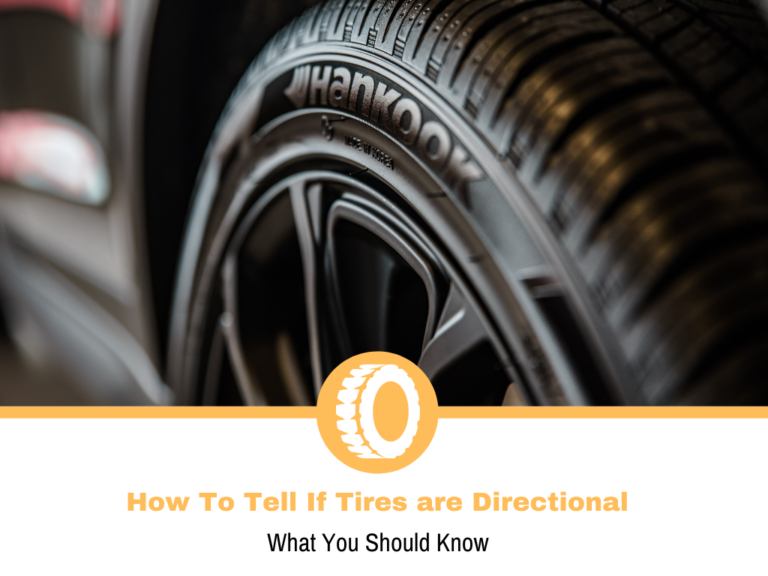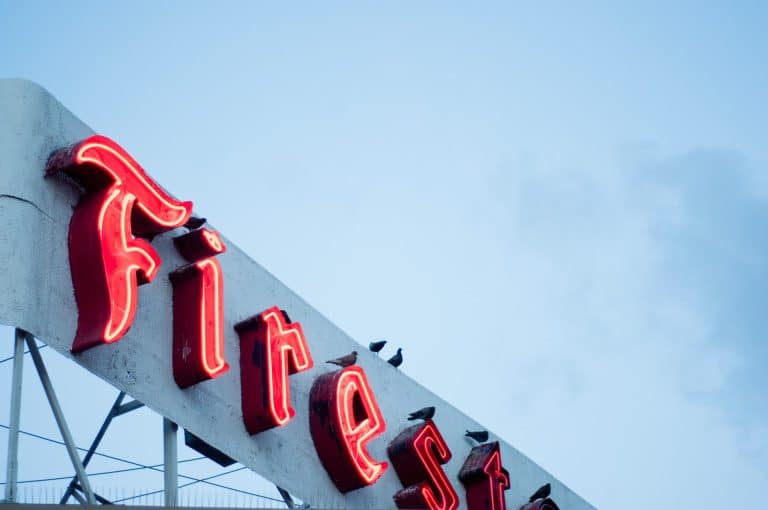Can Glass Pop A Tire?
Tires are indeed an essential component of every vehicle. Tires are to your car what legs are to us, people, in terms of function. The control of a vehicle is compromised by a flat or broken tire. Tires are the initial point of contact between a vehicle and the road. The damage done to your tires occurs every time they come into touch with debris and other road dangers such as salts, chemical spills, garbage, and tiny pebbles, among other things.
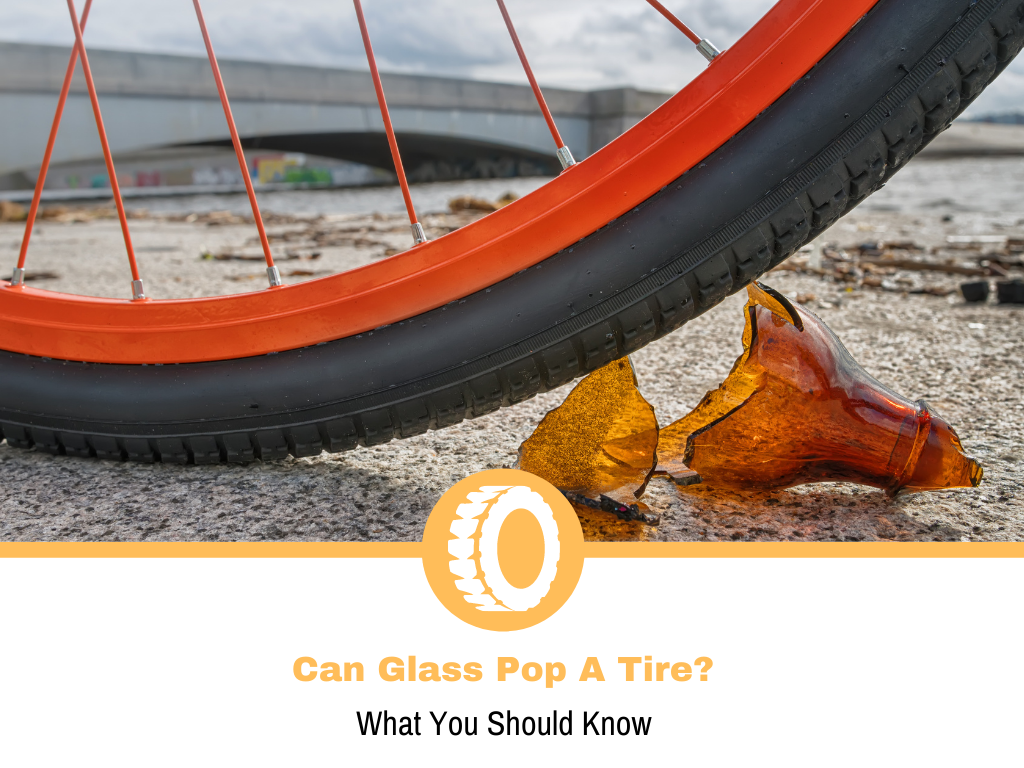
When traversing city streets or traveling through the countryside, you will come across potholes, gravel, glass, uneven seams, steel plates, and branches, among other things. It is possible that even if debris does not puncture your car’s tires, it will cause the tires to wear unevenly.
It is a terrifying experience for all road users when their tires puncture, and this is especially true when it occurs in unsafe environments or at inconvenient times when the puncture becomes merely a symptom of a much greater issue. Because of this, we can never give this subject enough attention, and it thus deserves every bit of it.
The answer to the question of whether broken glass may result in a flat tire is both yes and no. Broken glass may not truly pierce a tire in the case of metal tires. Instead, the glass may at most shred the rubber fabric of the tire while doing little to no harm to the steel belts embedded in the tire.
This, however, is dependent on the strength and kind of glass being used. Broken bottles on debris piles with particularly sharp edges, such as those from windshields and rear lights or headlights at accident scenes, may not puncture tires in the traditional sense, but they may. The tires that were damaged by shattered bottles may be able to continue to work properly, but there is a negative aspect to this tale.
With the passage of time, dirt and moisture may build at the location of the injury on this tire that had previously been damaged by shattered glass. The steel wires in the tire will corrode as a result of the moisture and debris on the surface. It is possible that the wires will be pushed to split from the rubber, resulting in tire damage.
How Glass May Cause Gradual Harm To Your Vehicle Tires
Since its introduction in the mid-1970s, steel belt technology in tires has proven to be a significant windfall for automobile owners. Not only does it make driving safer by greatly reducing the likelihood of sharp items penetrating your tires, but it also increases the life of the tires, allowing you to save money by decreasing the frequency with which your tires must be replaced.
Broken glass on the highway is exceedingly unlikely to cause a blowout on your steel-belted tire, but it has the potential to inflict some subtle damage and a gradual leak.
Tires that are old, damaged or abused
Tire tread damage from off-road activities or tires that are towards the end of their usable life (most likely 30,000 to 40,000 miles for most brands) increases the likelihood of a glass puncture and a leak in the tire.
It is summer, and the temperature is warm
This will cause the rubber in tires to heat up and become soft. Because of this, glass fragments are more likely to find their way into the tire rubber and cause a gradual leak to develop. Consider the friction between the tire and the road, as well as the fact that dark things absorb more heat, increasing the low chance of a piece of glass penetrating your tire in the summer.
Bottle glass
Other forms of glass, such as that used in beverage bottles, do not provide the same protection against tire damage found at tempered windshield glass. When driving through a parking lot or alley, the sharp, pointed edges of this broken glass increase the probability that your tire may be pierced by a sharp object.
Reasons Your Tire May Ultimately Blow Out by Several Miles Later
Aside from glass itself, there may be certain factors that can lead to an eventual blowout of your tire. This includes where glass pierces through the tire, foreign particles, corrosion, and contamination of materials.
The tire sidewall slashed by glass
One of the tires has a glass fragment that has sliced through the rubber and made its way into the steel belt.
Foreign particles
This wound in the steel belt of the vehicle tire enables dirt, air, and other foreign particles to enter the tire, resulting in a hazardous collection of debris over time produced by the puncture.
Corrosion and contamination are problems
The accumulation of these foreign particles causes corrosion and contaminants, which finally results in the separation of the steel belt from the tread of the vehicle. After a certain amount of separation has occurred, you will have a blowout, which will occur about 5,000 to 15,000 miles after the glass first punctured your tire.
What to Do If You Hit a Shard of Glass While Driving
If you happen to drive over a pair of broken glasses and you believe that your tires may be damaged, pull over to a safe location and thoroughly examine your tires. It is possible that you will not notice anything during a quick inspection, especially if you are not a trained professional.
However, to be absolutely certain, avoid additional worsening of the issue and the anticipated resulting headache, take the vehicle to the closest tire expert and have them do a thorough check of it. In the case that one or more of the tires is damaged or injured, have them patch up the affected area or areas as soon as possible. When it comes to tires, you can never be too cautious, and for good reason.
Although your tire burst was caused by a glass puncture, it is a bit far-fetched to claim that running over the glass was the cause of the blowout. After running over the glass and becoming afraid that the integrity of your tires may be damaged, there are several procedures you can do to ensure that your tires remain glass-free for the rest of the trip.
Visually inspect the condition
Drive off the road and find an area where you will have plenty of space to carefully inspect all four tires after driving over a bed of glass.
Look for any pieces of glass that may be stuck to the tires. While it is most likely only trapped in the tread, it is possible that it has been lodged in the tread as a result of a tear in the rubber. Using a stick or gloved hand, carefully remove the glass from the frame, taking note of how difficult it is to dislodge the glass from the frame.
Look for any cut or damaged sections of the sidewall, as well as any mild hissing sounds that may signal the loss of tire pressure due to a small leak.
Check the pressure of the tires
A tire pressure gauge should always be kept in the glove box of your car (they can be purchased for as low as a dollar at certain auto shops), but the fact is that not everyone does so.
If you are one of the unfortunate individuals who does not have a tire pressure gauge, locate a gas station that has an air pump and check your tire pressure there. Your owner’s handbook will tell you how much pressure to put in your tires, but for the majority of cars, the pressure should be between 32 and 36 psi.
When you purchase a tire, it may have a pressure of 34 psi printed on it, but the pressure that is optimal for your automobile or vehicle may be specified on the door or frame of the tire. You may also consult your vehicle’s owner’s handbook. Avoid using anything that is much lower or higher than this range since it may create problems.
If there isn’t a gas station with a pressure gauge nearby, keep an eye on your dashboard, since most current cars will have a tire pressure warning light illuminated on the instrument panel. In fact, some vehicles are equipped with technology that allows them to provide a tire pressure reading while driving. It will be illuminated if there is a problem with the tire pressure (a little, orange light that looks like an exclamation point).
Take it to a Tire Center for a possible repair
Most tire shops will do a free leak diagnostic on your tires. Furthermore, if the leak is caused by a puncture in the tire tread, the majority of mechanics will remove the foreign item and apply a free patch as a courtesy. On the odd occasion that a piece of glass punctures your tire’s sidewall, you will almost certainly need to purchase a replacement tire.
Conclusion
Old, damaged, or mistreated tires are more prone to glass punctures and leaks. Glass used in beverage bottles does not give the same level of protection against tire damage as tempered windshield glass.
Potholes, gravel, glass, uneven seams, steel plates, and branches are common sights on city streets and rural roads. Even if debris does not puncture your tires, it causes uneven tire wear. Glass breaking may just tear the tire’s rubber fabric, but not the steel belts buried in the tire. This depends on the glass’s strength and kind. Broken glass on the road is unlikely to cause a blowout on your steel-belted tire, but it may cause minor damage and a slow leak.
